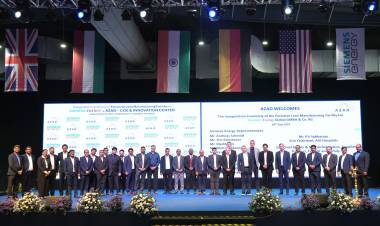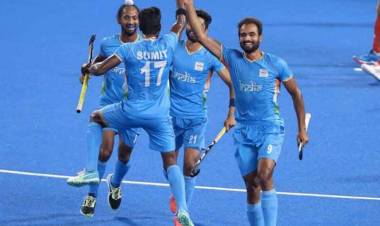XPay.Life records 60,000 transactions in May with 142% growth in revenue

The startup registered INR 3 crore in revenue with more than 60,000 transactions made in May via digital payments
XPay.Life, a NPCI-approved multi-utility bill payment platform providing one-stop solution to consumers, has clocked INR 3 crore in revenue in May with more than 60,000 transactions. The company, which is powered by a blockchain-based transaction framework, noted that most of these transactions were made towards the payment of electricity bills. Among other categories, transactions worth INR 23 lakhs were generated from the mobile vans.
The vans deployed by XPay.Life travelled across remote locations of Jharkhand such as Ranchi, Ramgarh and Hazaribagh to dispense cash under the RBI guidelines. On an average, 50-60 transactions took place every day through these vans. With 253 XPay billers in tier-I and tier-II cities, the company also has a strong presence in tier-III and tier-IV cities with a wide reach of 50000+ pin codes.
The platform has recorded Punjab State Power Corporation (PSPCL) as the highest biller with maximum transaction amount clocked at INR 55, 790.
As per the data, there has also been a rise in state wise consumption. Punjab topped the chart, accounting for 28% of the total consumption, followed by Rajasthan, West Bengal, Gujarat and Karnataka.
As lockdown restrictions for essential services were lifted in non-contaminated zones in May, there was a steady increase on the NPCI approved platform of 73K users with transactions clocking up to INR 5.4 million.
Sharing his insights, Rohit Kumar, Founder and CEO, XPay.Life, said, “In these unprecedented times, our aim is to make life simpler by providing a one-stop solution to the consumers as one of the fastest-growing bill payment platforms in India. We have partnered with NPCI to bring the benefits of digital payments to the unbanked pockets of the country and further our mission of financial inclusion.”




















